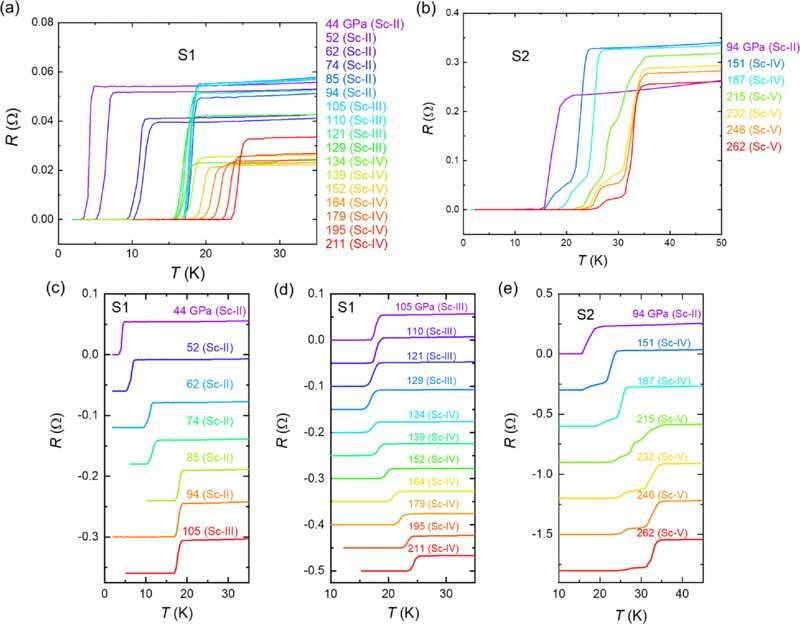This article has been reviewed according to Science X's editorial process and policies. Editors have highlighted the following attributes while ensuring the content's credibility:
fact-checked
peer-reviewed publication
trusted source
proofread
New record set for highest elemental superconducting transition temperature

A research team led by Prof. Chen Xianhui from the University of Science and Technology of China (USTC) of the Chinese Academy of Sciences (CAS), collaborating with the team led by Prof. Sun Jian from Nanjing University, realized a new high superconducting transition temperature of 36 K in elemental materials under high pressure. Their study was published in Physical Review Letters.
Elemental materials provide clean and fundamental platforms for studying superconductivity. Since the discovery of superconductivity in the element mercury by Dutch scientist Heike Kamerlingh Onnes in 1911, more than 50 elements in total have been found to show superconductivity under atmospheric environments or high pressures. However, most elements have low superconducting critical temperatures (Tc), with the highest previous elemental Tc of 26 K being achieved by elemental titanium (Ti) at high pressures.
Previous studies revealed that elemental scandium (Sc) undergoes four structural phase transitions under pressure. Due to the limitations of early high-pressure experimental techniques, mysteries of the superconductivity of elemental Sc at higher pressures have yet to be untangled.
To address this issue, researchers studied the transport of elemental Sc at ultra-high pressures and determined its superconducting phase diagram at high pressures. Tc was found to increase rapidly with increasing pressure in the Sc-II phase by high voltage electrical transport measurements, which is consistent with earlier reports.
In addition, researchers explored the physical origin of the large increase in superconducting Tc at high pressure through first-principles calculations and found that the strong coupling between d electrons and moderate-frequency phonons in the Sc-V phase is the most important factor for its high Tc.
The findings of this study showed that the Tc of elemental Sc under pressure is closely related to its structure. The 36 K Tc found in the Sc-V phase not only sets a new record for elemental Tc, but also sheds light on finding high-temperature superconducting materials in simple systems.
More information: Jianjun Ying et al, Record High 36 K Transition Temperature to the Superconducting State of Elemental Scandium at a Pressure of 260 GPa, Physical Review Letters (2023). DOI: 10.1103/PhysRevLett.130.256002
Journal information: Physical Review Letters
Provided by Chinese Academy of Sciences





















